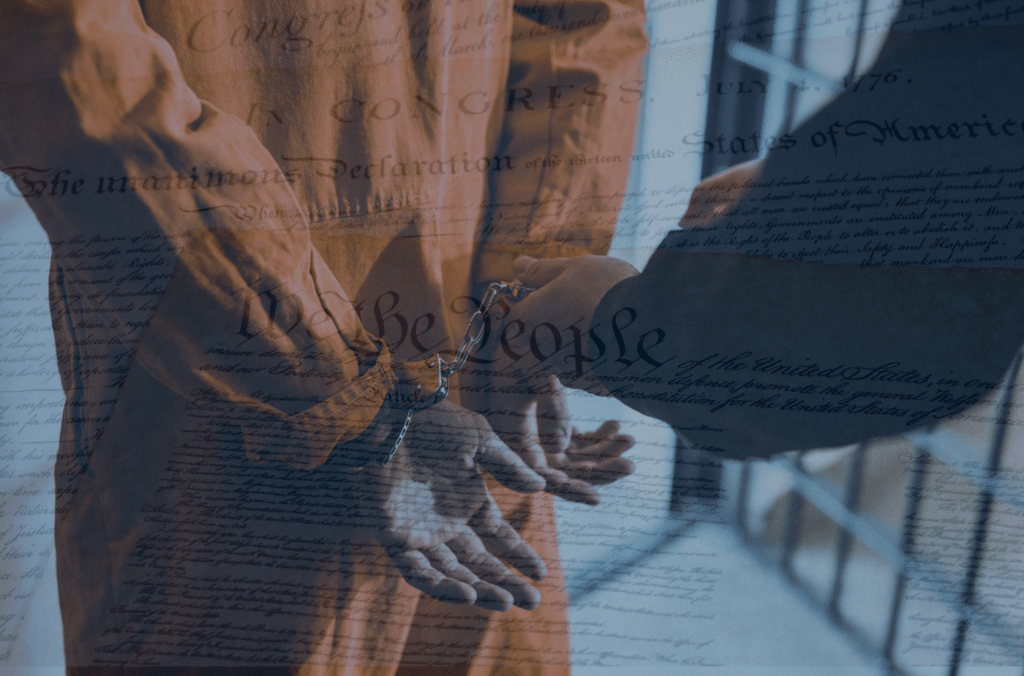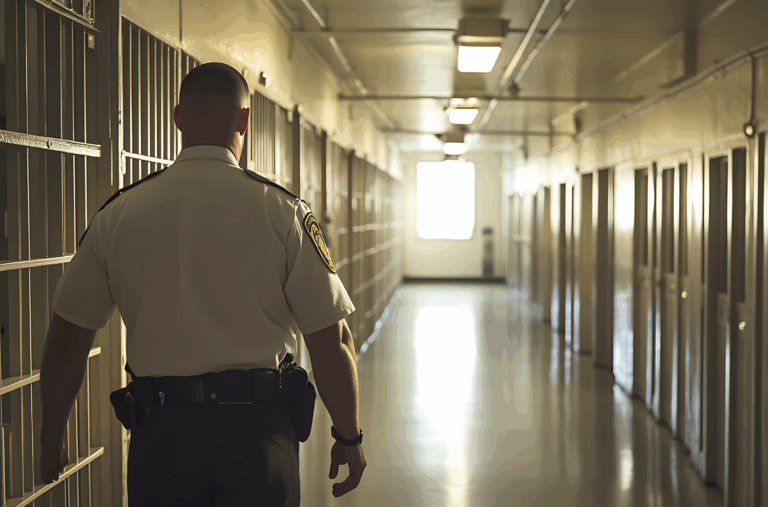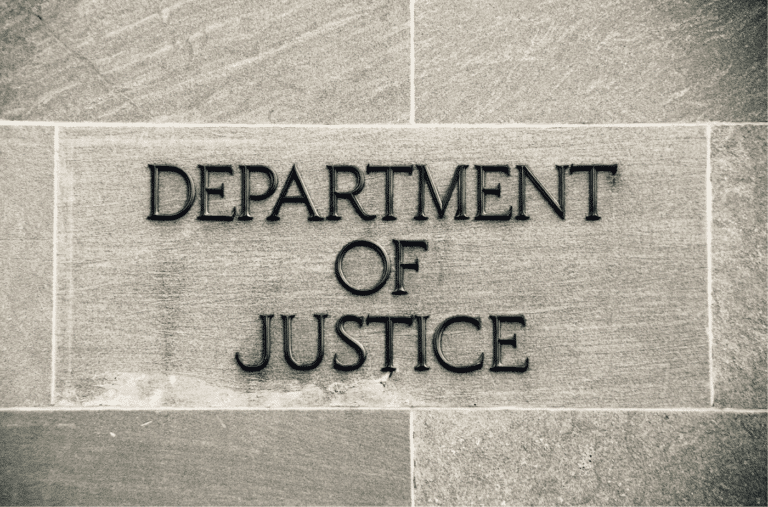By: Joseph Robbins, equivant Corrections’ Product Implementation Specialist
The responsibility of corrections officers to step in when witnessing illegal or unethical behavior is a topic of growing importance. Officers are legally and ethically obligated to prevent or stop actions by colleagues that violate inmates’ constitutional rights. This duty includes intervening in cases of excessive force, medical neglect, and other forms of misconduct. The U.S. Department of Justice emphasizes that an officer who deliberately allows a colleague to violate a victim’s constitutional rights may be prosecuted for failure to intervene (justice.gov).
The Role of Proper Inmate Classification in Preventing Situations That Require Intervention
One crucial aspect of maintaining a safe and controlled correctional environment is proper, objective inmate classification. A well-designed classification system ensures that inmates are housed appropriately based on their risk levels, behavioral history, and special needs. Proper classification can significantly reduce conflicts, minimize the risk of violence, and help corrections officers identify individuals who may be more vulnerable to abuse or misconduct.
When inmates are misclassified, it can lead to dangerous situations where high-risk individuals are housed with lower-risk populations, increasing the likelihood of incidents that require officer intervention. Conversely, ensuring inmates are correctly placed can prevent many of these situations from occurring in the first place, reducing the need for officers to step in during conflicts or altercations.
Legal and Ethical Considerations Regarding Intervention
Failure to intervene not only carries legal consequences for officers but also can erode public trust in corrections. Officers who neglect this duty may face civil rights violation or criminal charges. Beyond the legal implications, such failures can lead to significant harm or loss of life among inmates, reinforcing the moral responsibility for officers to act.
Proper inmate classification plays a role in this responsibility as well. When officers and administrators prioritize data-driven classification decisions, they create an environment where risks are managed more effectively, reducing the need for last-minute interventions. By proactively ensuring the right housing and supervision levels, correctional facilities can mitigate potential dangers before they escalate.
Training and Cultural Shift
Many correctional facilities are implementing training programs centered on active bystandership and intervention. The HEROES Active Bystandership Training for Corrections program is specifically designed for correctional settings. This program focuses on:
- Officer and Employee Safety: Addressing workplace injuries, assaults, and misconduct through active bystandership.
- Wellness: Tackling acute and chronic stressors that affect performance and personal wellness, reducing mistakes, misconduct, and unhealthy coping behaviors.
- Inmate and Community Safety: Ensuring that staff maintain control and safety within the facility, contributing to the rehabilitation and reintegration of inmates.
The HEROES program builds on existing wellness resources and elevates the proactive approach needed for employee wellness through the power of active bystandership (heroesintervene.com).
The duty to intervene in a corrections environment is a fundamental part of a corrections officer’s role, critical to protecting inmate rights and maintaining institutional integrity. Ensuring officers fulfill this responsibility requires ongoing training, clear policies, and a workplace culture that promotes accountability. Additionally, proper inmate classification serves as a foundational tool in creating a safer environment, reducing the frequency of high-risk encounters, and minimizing the need for emergency interventions by officers. For more information on instituting sustainable change in your facility or to explore classification management solutions, please reach out.






